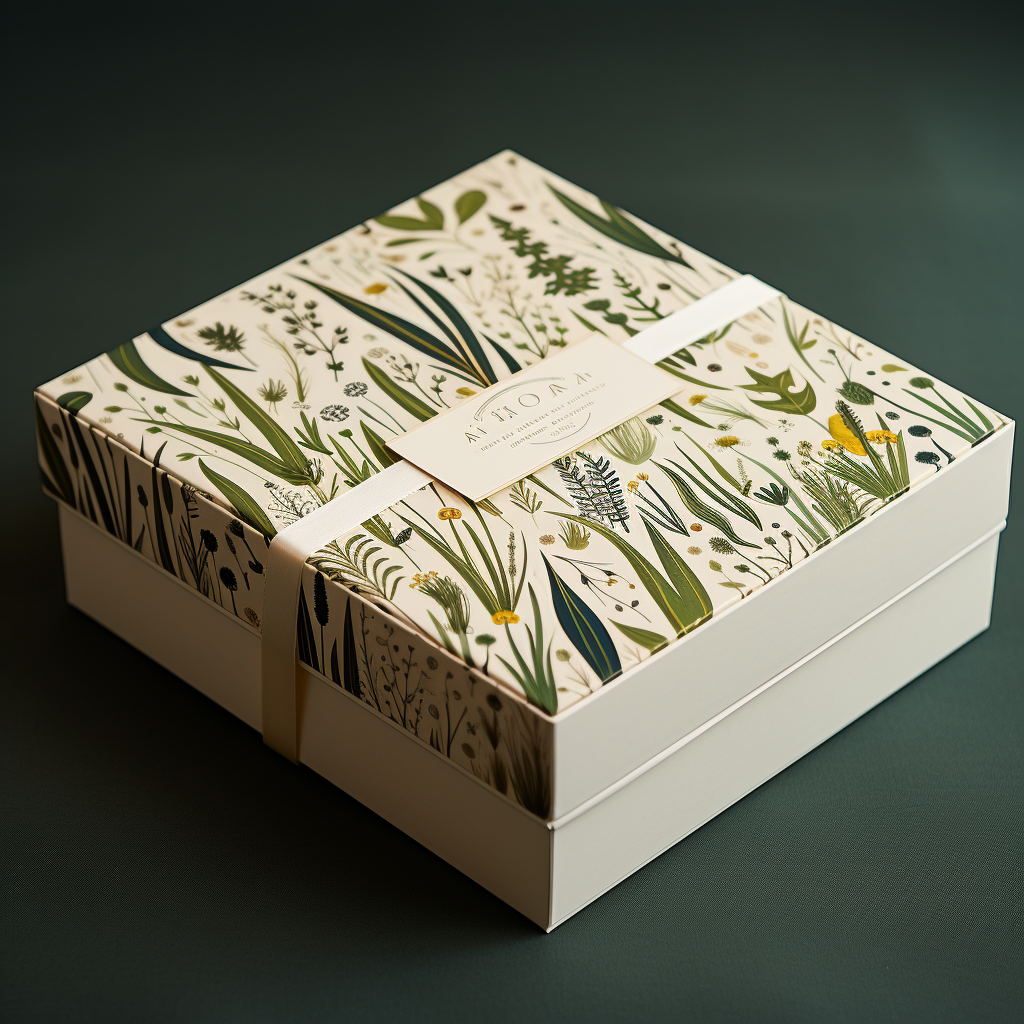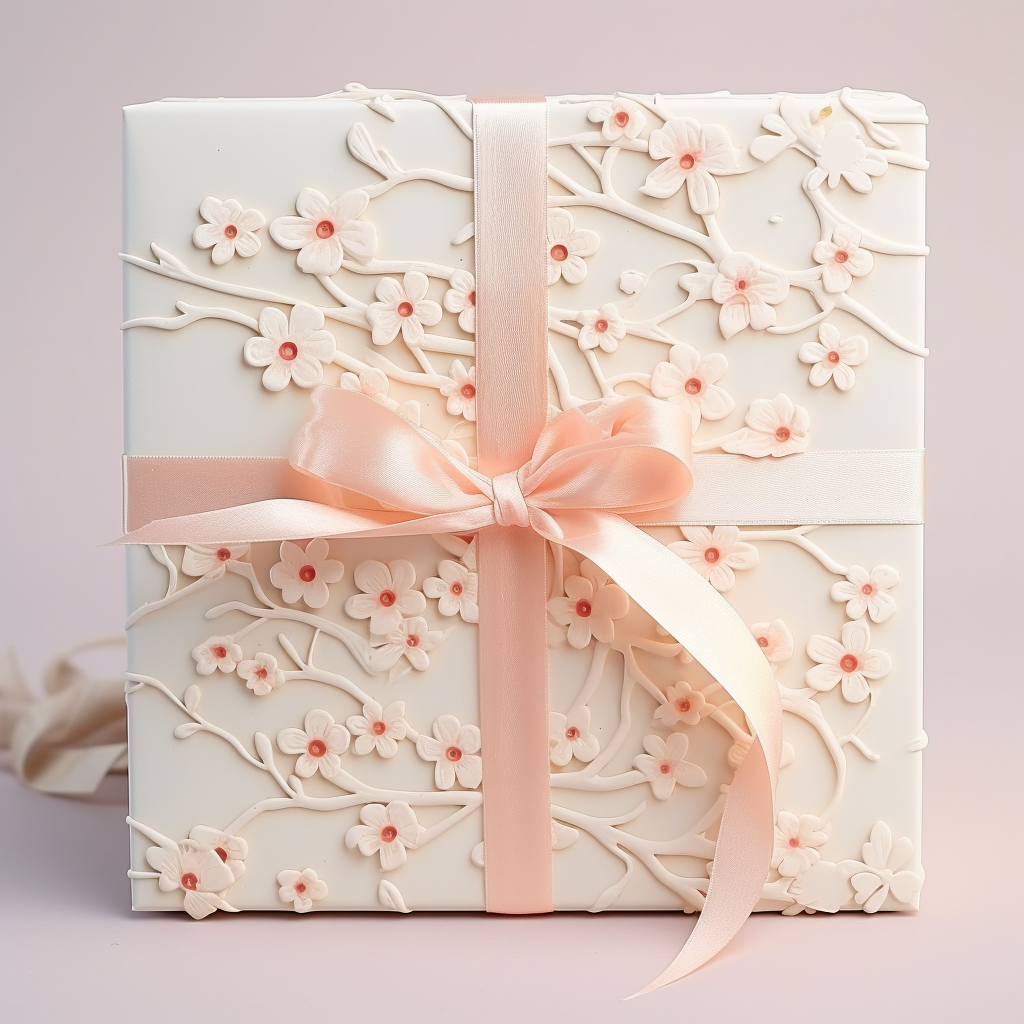Choosing the right packaging for your product is a crucial decision that can significantly impact your brand's success. The packaging not only protects the product but also communicates your brand's message and values to consumers.
In this guide, we will explore the key factors to consider when selecting the best packaging for your product, ensuring it meets both functional and marketing needs.

Understanding Your Product’s Needs
The first step in choosing the best packaging is to thoroughly understand the specific requirements of your product. Consider the following aspects:
Product Type: Is your product fragile, perishable, or sensitive to light or moisture? Different products require different levels of protection.
Size and Shape: Ensure the packaging fits your product perfectly to avoid wasted space and additional shipping costs.
Quantity: Will you be packaging single items or multiple units together? This will affect the design and material of your packaging.
Material Selection
The material you choose for your packaging plays a significant role in its effectiveness and sustainability. Here are some common options:
Paper and Cardboard: Ideal for lightweight products, paper and cardboard are recyclable and can be customized easily with printing and design.
Plastic: While versatile and durable, opt for recyclable or biodegradable plastics to minimize environmental impact.

Glass: Perfect for products that require airtight sealing, such as food and beverages. Glass is recyclable but can be heavy and fragile.
Metal: Metals like aluminum and tin are excellent for preserving food and drinks due to their barrier properties and recyclability
Eco-Friendly Options: Consider sustainable materials like bamboo, hemp, or compostable plastics to appeal to environmentally conscious consumers.
Design and Branding
Your packaging is a powerful marketing tool. It should reflect your brand identity and attract your target audience. Focus on these elements:
Visual Appeal: Use colors, fonts, and graphics that align with your brand’s aesthetics and attract customers.
Functionality: The packaging should be easy to open, use, and dispose of. Convenience can significantly enhance the customer experience.
Brand Messaging: Include essential information such as your logo, product details, and any certifications (e.g., organic, fair trade) that reinforce your brand values.

Cost Considerations
Budget is a critical factor in packaging decisions. Balance cost with quality and sustainability:
Material Costs: Some materials are more expensive than others. Evaluate the cost against the benefits they offer for your specific product.
Production Volume: Higher production volumes can reduce per-unit costs due to economies of scale.
Sustainability: While eco-friendly materials might have a higher upfront cost, they can lead to long-term savings and positive brand perception.
Sustainability and Environmental Impact
More consumers are seeking eco-friendly products. Here’s how you can make your packaging sustainable:
Reduce: Minimize the amount of material used in packaging without compromising protection.

Reuse: Design packaging that can be repurposed by the consumer.
Recycle: Use materials that are widely recyclable and provide clear recycling instructions.
Compostable: Choose materials that break down naturally without harming the environment.
Regulatory Compliance
Ensure your packaging complies with relevant regulations and industry standards:
Labeling Requirements: Include all necessary information, such as ingredients, nutritional facts, and safety warnings.
Material Regulations: Some industries have strict guidelines on the materials that can be used, especially for food and pharmaceuticals.
Sustainability Certifications: Obtain certifications like FSC (Forest Stewardship Council) or Fair Trade to validate your packaging's sustainability claims.
Testing and Prototyping
Before finalizing your packaging, conduct thorough testing and prototyping:
Durability Tests: Ensure the packaging can withstand shipping, handling, and storage conditions.
Consumer Feedback: Gather feedback from potential customers on the packaging design and functionality.
Compliance Checks: Verify that the packaging meets all regulatory requirements and industry standards.
Choosing the best packaging for your product involves careful consideration of your product’s needs, material selection, design, cost, sustainability, and regulatory compliance. By focusing on these factors, you can create packaging that not only protects your product but also enhances your brand’s image and appeals to your target audience. Implement these strategies to ensure your packaging stands out in the market and supports your business’s success.
 English
English 简体中文
简体中文 España
España عرب
عرب 日本語
日本語 français
français











